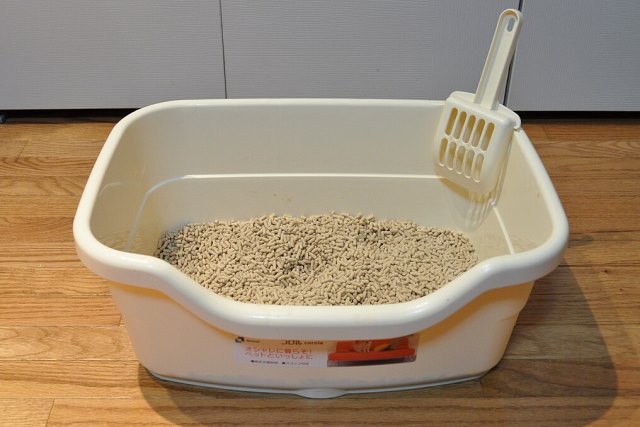
7 Common Litter Box Problems and Why Cats Stop Using It
Cats are known for their cleanliness, but sometimes they refuse to use their litter box. If your cat suddenly starts eliminating outside the box, it’s crucial to identify the cause. Various issues, ranging from medical conditions to environmental changes, can lead to litter box aversion. Understanding these common problems will help you find solutions and maintain a happy, healthy environment for your feline friend.
1. The Litter Box Is Dirty
Cats have an acute sense of smell and prefer a clean litter box. A dirty or smelly box can be a major deterrent. If waste accumulates, your cat may seek alternative places to relieve itself. Scoop the litter at least once or twice daily and perform a full litter change every week. Additionally, washing the box with mild soap and water helps prevent odors and bacteria buildup. Ensuring a consistently clean litter box encourages your cat to use it regularly and avoids unpleasant accidents around your home.
2. The Litter Box Is in the Wrong Location
Location matters when it comes to litter boxes. If the box is placed in a noisy, high-traffic, or hard-to-reach area, your cat may avoid it. Cats prefer a quiet, private, and easily accessible spot to do their business. Avoid placing the box near loud appliances, food bowls, or in direct sunlight. If you have multiple cats, provide separate boxes in different locations to prevent territorial disputes. Moving the box to a more suitable area can encourage your cat to use it again. Observe your cat’s preferences and make necessary adjustments for optimal placement.
3. The Type of Litter Is Unpleasant
Cats can be picky about their litter. If you recently changed brands or types, your cat might dislike the new texture or scent. Some cats prefer unscented, fine-grained litter, while others may tolerate coarser textures. Strongly scented litters, designed to mask odors for humans, can be overwhelming for a cat’s sensitive nose. Experiment with different litters to find one that your cat prefers. Gradually transition between types if you need to change brands. Offering multiple boxes with different litters can help you determine which one your cat finds most comfortable.
4. Medical Issues Affecting Litter Box Use
Health problems can cause litter box avoidance. Conditions such as urinary tract infections (UTIs), bladder stones, kidney disease, or arthritis can make using the litter box painful. If your cat suddenly stops using the box, observe for signs like frequent urination, straining, crying while urinating, or blood in the urine. Older cats with arthritis may struggle to climb into high-sided boxes. A vet visit is essential to rule out medical issues. Providing a low-entry box or changing litter consistency can help accommodate cats with mobility challenges or pain-related issues.
5. Stress or Anxiety
Cats are sensitive to changes in their environment, and stress can trigger inappropriate elimination. New pets, moving to a new home, loud noises, or even a change in family routines can cause anxiety. If your cat is experiencing stress, they may avoid the litter box or engage in territorial marking (spraying). Providing a stable routine, safe hiding spots, and pheromone diffusers can help reduce stress. Ensuring a calm and predictable environment encourages your cat to use the litter box. If needed, consult a vet or animal behaviorist to address anxiety-related issues.
6. The Litter Box Is Too Small or Uncomfortable
The size and shape of the litter box matter. If the box is too small, your cat may feel cramped and avoid using it. Larger cats, in particular, require spacious boxes where they can turn around and dig comfortably. Covered litter boxes may trap odors, making them unappealing to some cats. Older cats or those with mobility issues may struggle with high-sided boxes. Providing a variety of box sizes and styles can help determine your cat’s preference. Ensure the box is large enough for your cat to move freely, promoting consistent litter box use.
7. Not Enough Litter Boxes in Multi-Cat Households
In households with multiple cats, competition for litter boxes can lead to avoidance and accidents. The general rule is to have one litter box per cat plus one extra. Some cats prefer separate locations, while others may develop territorial disputes. If one cat blocks access to a litter box, another may be forced to find alternative spots. Providing multiple, well-spaced boxes reduces tension and ensures that each cat has an available and comfortable place to relieve itself. Regular cleaning and monitoring of cat interactions help prevent litter box conflicts in multi-cat homes.
